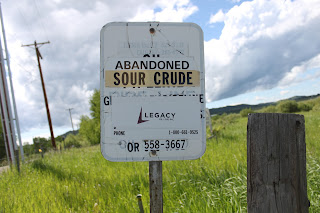Fukushima Refugees Allowed to Return to the Hot Zone
B. McPherson
For those returning to the hot zone the prospect of radiation trumps the "cages".
A little over three years after the Fukushima Daiichi
nuclear power station was wrecked, 350 people have been allowed to return to
Tamura City. It lies within the 20km exclusion zone. The refugees have been
assured that the area is safe for habitation.
The former residents, 80 000 of them, have been assured of
many things since the explosions at the electrical facility spread
radioactivity over the area.
The Japanese government has joined with the Tokyo Electric
Power Company (TEPCO) to reassure people of their quick responses to the
dangers of radiation and their quick and efficient response to safety issues.
However over the past three years, the facts have often been contrary to the
official stories.
This excerpt from Fukushima Update says it as well as anyone
can:
Because we all know TEPCO would never misreport the radiation surrounding Fukushima. Oh wait: “From April to September of 2013 TEPCO admits that levels of radiation measured from water samples around the destroyed Fukushima nuclear reactor were “significantly undercounted.” But that was all, TEPCO swears – this time will be different. And it is certainly “counting” radiation correctly now, when it has given people the all clear to go back to the disaster zone.
While some older people are venturing back into the hot zone
to try to take up their former lives, cleanup crews are still scraping away
contaminated topsoil and hosing down hard surfaces trying to reduce the
radioactivity, many younger people are not. There is the danger of developing
cancers from increased insult to their genes and elevated danger to growing
children. Some cancers are slow growing and take many years to cause a problem,
but many juvenile forms are quick and aggressive. Elevated incidents of thyroid
cancers are being detected in children exposed to the disaster.
It looks as if those in power in Japan are continuing to
embrace the friendly atom in spite of this ongoing disaster, living on an
unstable ground and placing most of their nuclear power stations at or near the
ocean subject to tsunamis, earthquakes and rising ocean levels.
Not everyone in Japan agrees with restarting the remaining
48 nuclear plants. A writer for the Japan Times has written a scathing article
about this, likening the prospect to a cruel April Fool’s Joke.
Sources:

Comments
Post a Comment